9 animations
21 prints
In 2005 Film and Video Umbrella commissioned Suky Best to make ‘The Return of the Native’ as part of the project ‘Silicon Fen’, which was a series of commissions of digital art. The work itself and the wider project are both accompanied by publications. This was later extended to include species that were once common to the south east.
Selected animations, please contact the artist to see the whole series
Large Copper Butterfly, Lycaena Dispar Dispar. Near Ramsey 2005
Extinct in the UK in 1864. IUCN globally threatened species. Last seen fens 1851.
Specimen courtesy of Bedford Museum
Norfolk Hawker Dragonfly, Aeshna Isosceles. Tydd St Giles Fen 2005
RDB Endangered. Last seen fens 1980’s. Restricted to Norfolk & Suffolk.
Specimen courtesy of Bedford Museum
Bearded Tit, Panurus Biarmicus. Whittelsey 2005
RDB UK Amber List. Previously widespread on fens. Hope for breeding pairs to return to Wicken, Woodwalton and Needingworth Quarry.
Original specimen image courtesy of RSPB
Wildlife sound: British Library
Black Redstart, Phoenicurus Ochruros. Battersea Park 2005
RDB UK Amber List. Under threat from development of Thames Corridor. With less than 100 pairs nesting in Britain the black redstart is a rarer British breeding bird than the osprey or golden eagle
Specimen courtesy of Bedford Museum.
Wildlife sound: British Library
Privet Hawk Moth, Sphinx Ligustri. Bermondsey 2005
Previously common, London population now in decline. Depletion due mainly to loss of garden hedges.
Original images courtesy of Paul Chesterfield and Jayne Herbert, Cornwall Wildlife
The Fens have always been a managed and constructed landscape; however, contemporary use of the land has exacerbated the loss of the range of flora and fauna. Over the last fifty years in particular, the volume and variety of birds and insects in this part of the country has declined dramatically. In The Return of the Native, Suky Best highlights a small number of wildlife species that were once commonplace in the East Anglian Fenland anThe Fens have always been a managed and constructed landscape; however, contemporary use of the land has exacerbated the loss of the range of flora and fauna. Over the last fifty years in particular, the volume and variety of birds and insects in this part of the country has declined dramatically. In The Return of the Native, Suky Best highlights a small number of wildlife species that were once commonplace in the East Anglian Fenland and whose numbers have diminished. They are now deemed rare, endangered or extinct in the region.
The Return of the Native is a series of six striking digital animations of insects and birds, including a Bearded Tit, a Large Copper Butterfly and two Soldier Flies. Using specimens taken mainly from the natural history collections at Bedford Museum, Best brings the creatures back to life and reintegrates them digitally in a contemporary Fenland location. The animations are presented on miniature screens, which play simultaneously and work to emphasise each specimen’s unique and rare status.
In addition to the animation series there are a number of equally evocative printed works also featuring rare and extinct flora and fauna that have been temporarily returned to their original Fenland home. The scenes depicted in The Return of the Native appear constructed, a deliberate attempt by Best to remind us that the images do not represent reality, but allude to a sad sense of loss.
London species, commissioned for the Pumphouse Gallery London
Fen Species, commissioned for BCA gallery Bedford
Also published as a book which can be purchased here:.www.fvu.co.uk
Large prints (giclee inkjet) 80 x100 cms
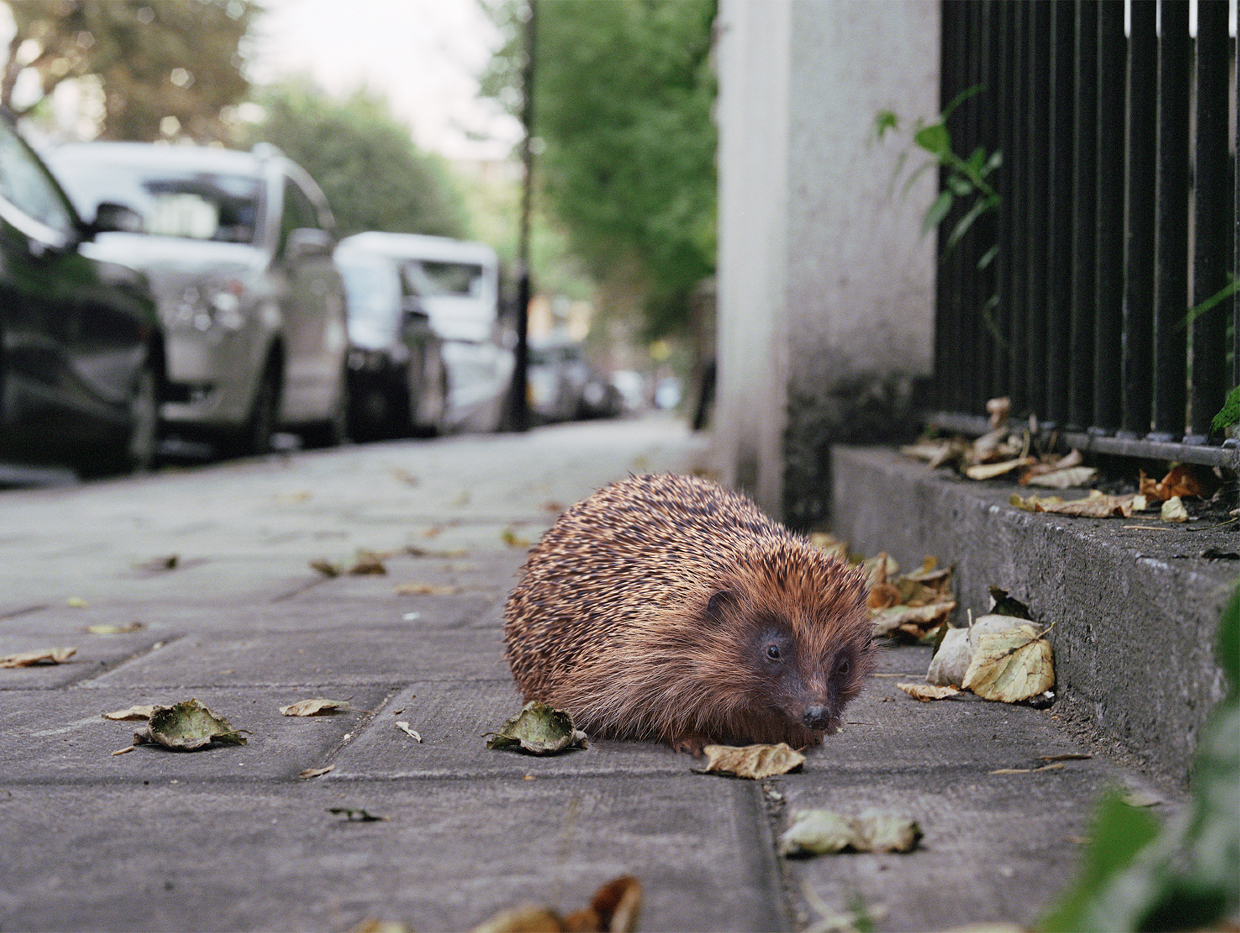
Hedgehog, Erinaceus Europaeus. Maida Vale 2005
Species of conservation concern, 40-50% decline in London in last 10 years. Partially protected under the Wildlife & Countryside Act 1981.
Specimen courtesy of Bedford Museum

Red Squirrel, Sciurus Vulgaris. Westbourne Park 2005
Extinct in London, last seen Hainault Forest 1950’s. Catastrophic decline and threatened in UK. IUCN RDB3.
Specimen courtesy of Horniman Museum
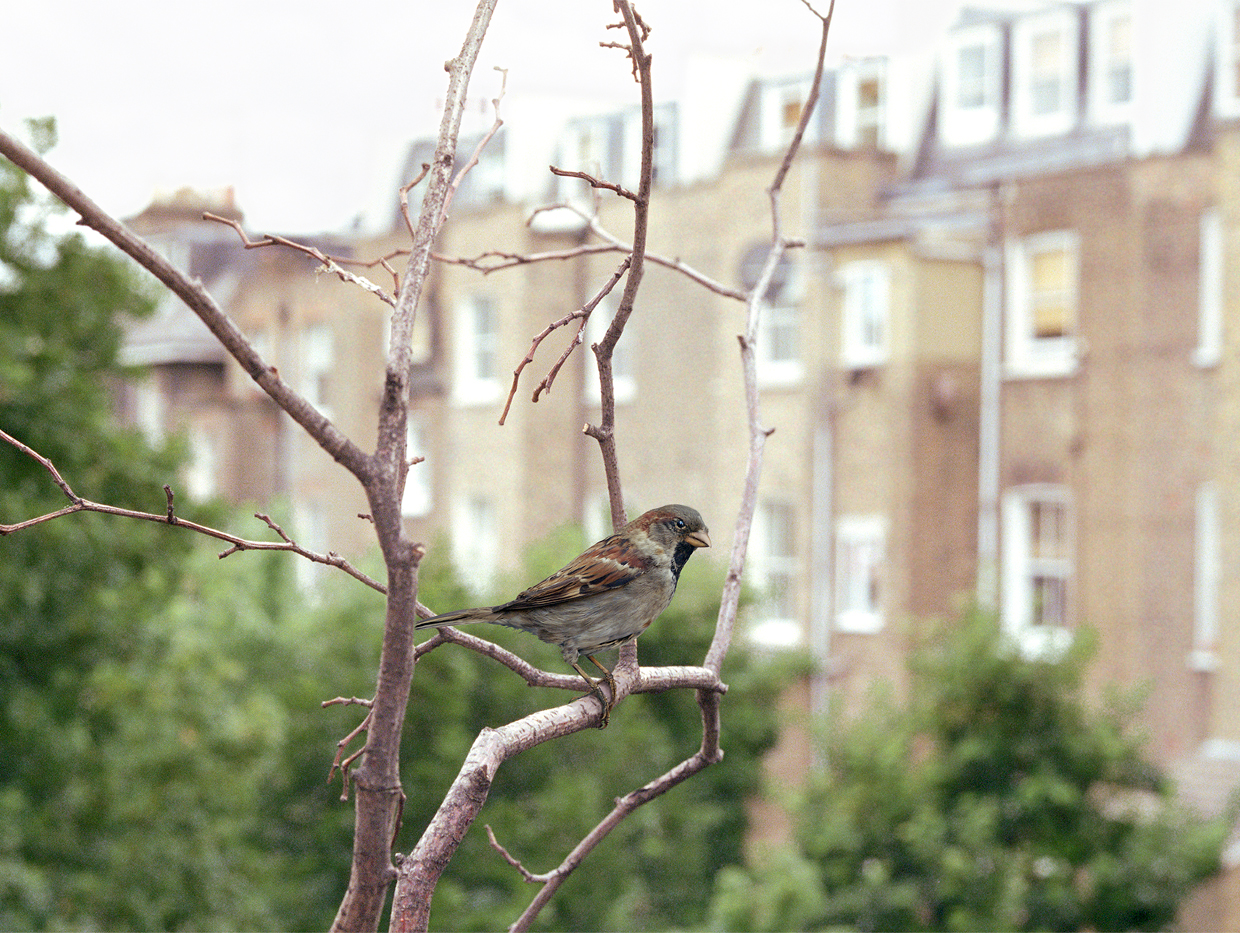
House Sparrow, Passer Domesticus. North Kensington 2005
RDB UK Red List. Over 70% decline in London in last 20 years.
Specimen courtesy of Bedford Museum

Common frog, Rana Temporaria. Battersea Park 2005
70% decline since WW2. Protected in Britain under Schedule 5 of the Wildlife and Countryside Act (1981), with respect to sale only. Listed under Annex III of the Bern Convention.
Specimen courtesy of Bedford Museum
Small lysonic inkjet prints 16 x12 cms
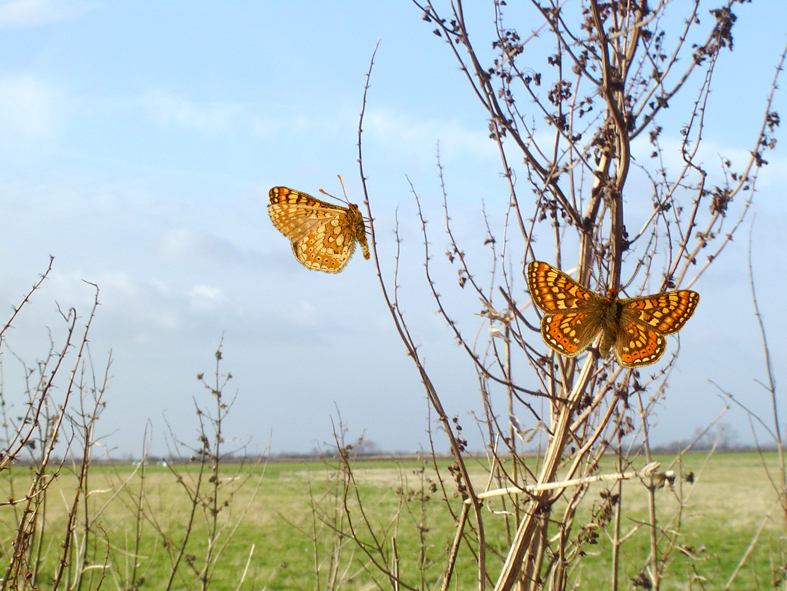
Marsh Fritillary, Eurodryas Aurinia. Tydd St Giles Fen 2005
Priority species protected under Annex II of the EC Habitats Directive; lost from fens pre-war. Restricted to west UK.
Specimen courtesy of Bedford Museum
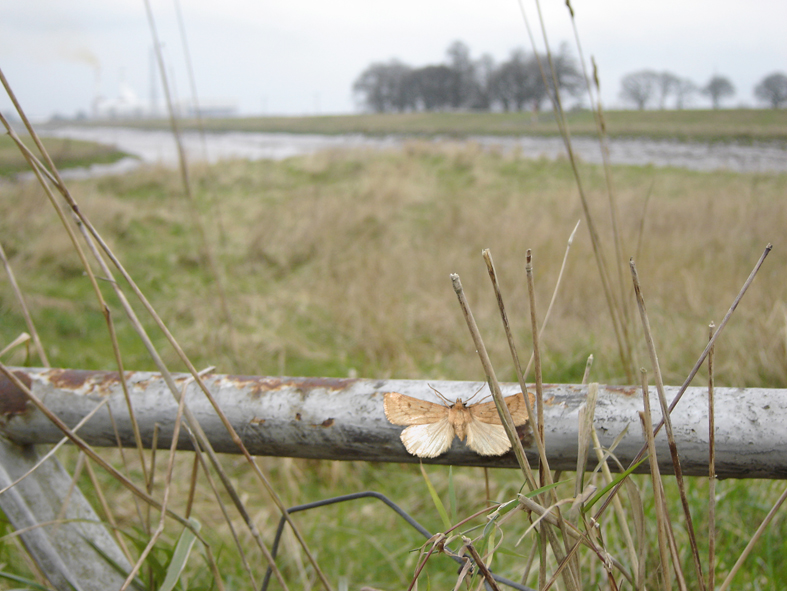
Marsh Moth, Athetis Pallustris. Near Sutton Bridge 2005
RDB3 Rare. Last seen fens 1970’s.
Specimen courtesy of Bedford Museum.
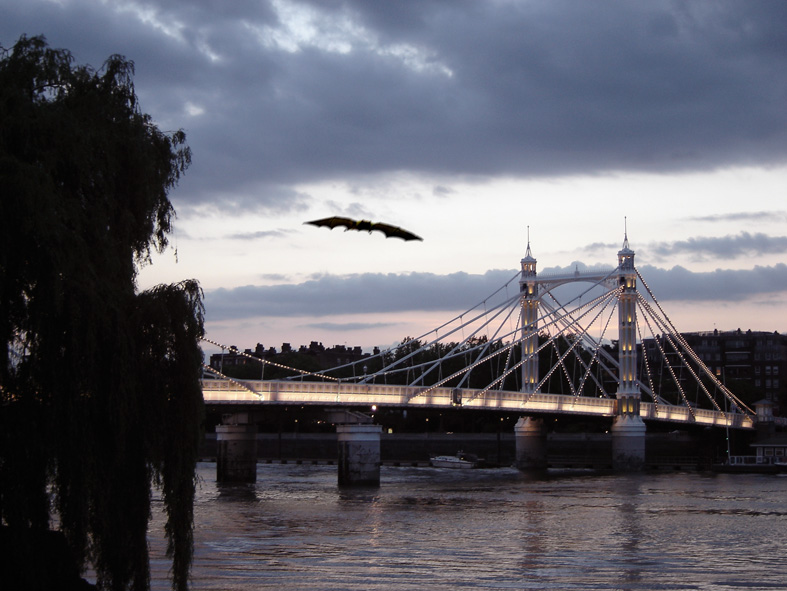
Greater Horseshoe Bat, Rhinolophus Ferrumequinum. Albert Bridge 2005
Endangered in UK, extinct in London. Last Greater London record, 1953.
Specimen courtesy of Horniman Museum
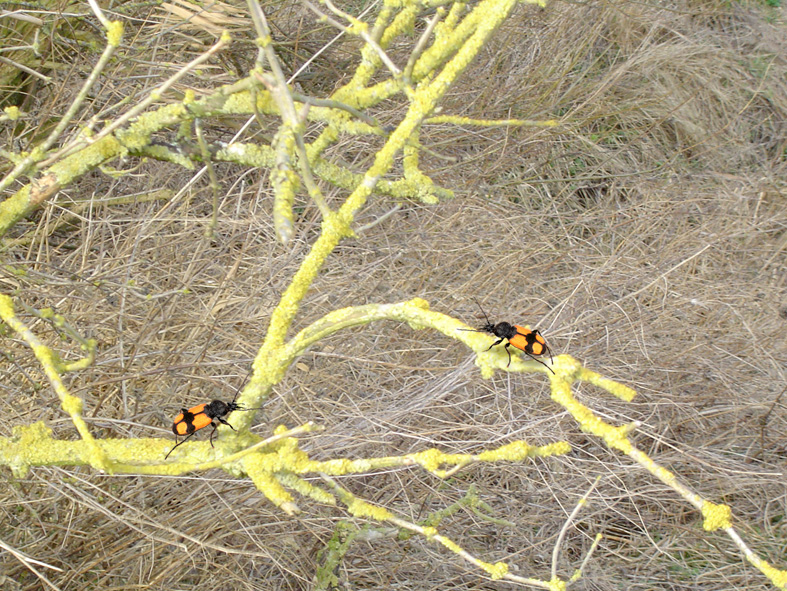
Crucifix Ground Beetle, Panagaeus Cruxmajor. Tydd St Giles Fen 2005
RDB2 Vulnerable. Last seen fens 1970’s. Restricted to Yorkshire.
Original specimen image courtesy of Roger Key
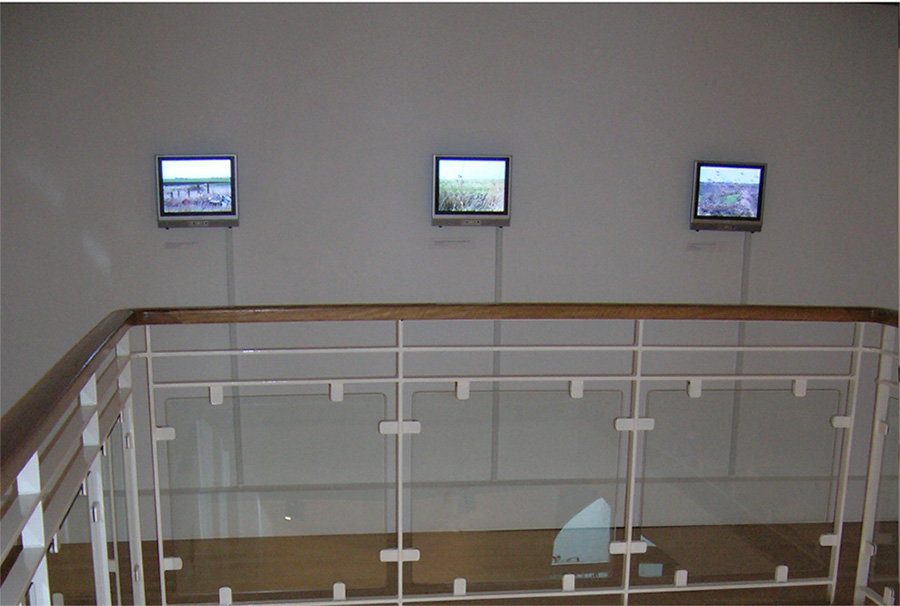
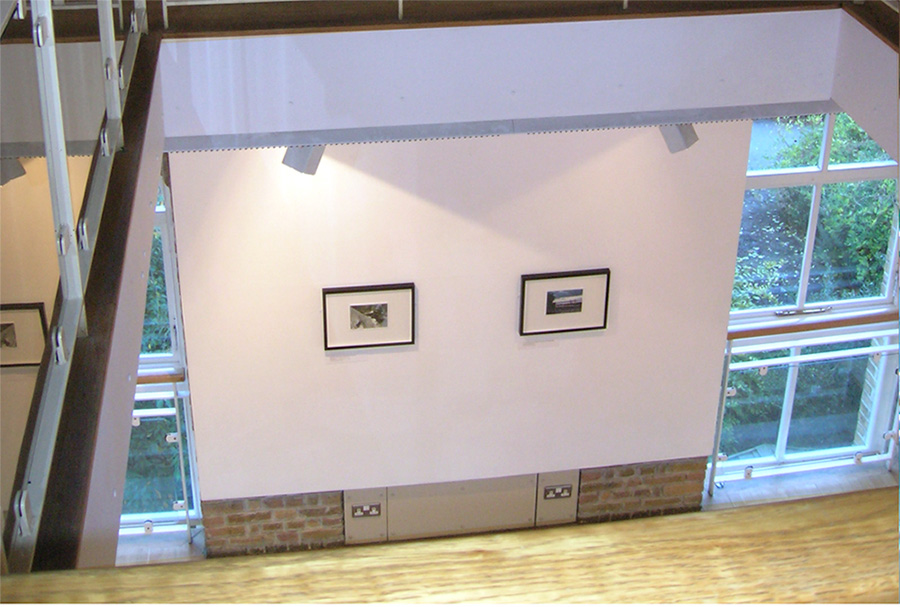
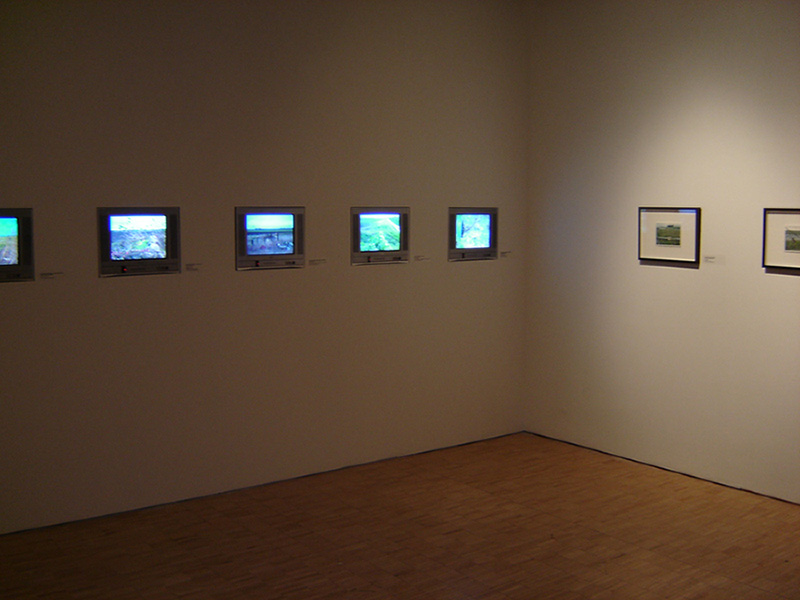
press links here